Frederica Freyberg:
In tonight’s look ahead, the city of Milwaukee has released its ambitious nearly 100-page “Blueprint for Peace,” an awaited document to stem violence in the city. A city that saw a 76% increase in gun homicides between 2010 and 2016. The blueprint sets out six goals beginning with stop the shooting. The others: promote healing and restorative justice, support children and families, promote economic opportunity, foster safe and strong neighborhoods and strengthen the coordination of violence prevention efforts. The plan is being described as a public health approach. Milwaukee Mayor Tom Barrett joins us with details. Mayor, thanks very much for being here.
Tom Barrett:
It's great to be with you.
Frederica Freyberg:
Why a public health approach?
Tom Barrett:
Well, I think most people would be surprised to learn that in the city of Milwaukee, the budget for our police department, which this year is about $302 million, is actually larger than the entire tax levy for the city of Milwaukee. I’ll repeat that ’cause it’s shocking probably to most people around the state. The budget for the Milwaukee Police Department is larger than our entire property tax levy. So there’s no question that we’re putting the resources into law enforcement and doing what we can to apprehend criminals and to stop things from happening. But we’re also now convinced that we could add a gazillion police officers and we still wouldn’t get to some of the core issues that are leading to the violence in the city. Nationally and locally here as well, we’re seeing more and more people saying, look, let’s look at some other factors. Obviously, we’re going to have a lot of police but let’s treat this as a public health epidemic because there are factors that are leading, not just Milwaukee but a lot of urban areas throughout the nation, to have much higher counts of violence. So that’s something that we want to deal with here. So what we did is in 2015, the year when we saw a significant increase in homicides, we essentially retooled our Office of Violence Prevention, tripled it in size, and asked them to put together a community document. So this is not the mayor’s “Blueprint for Peace.” This is the city of Milwaukee community’s “Blueprint for Peace,” because I need the entire community to buy into this approach to see if we can reduce the violence we have in the city of Milwaukee.
Frederica Freyberg:
Now, this blueprint is all-encompassing. How can the city fix everything all at once?
Tom Barrett:
Well, we can’t fix everything all at once, but I think if we can bring the churches, if we can bring law enforcement, if we can bring community groups, if we can bring citizens, neighborhoods together and have a unified approach, where we’re dealing with a wide range of issues, I think we’re more likely to have a significant impact on the level of violence. Now, I say that, and I want you and your viewers to know our homicide rate for this year is down about 16% from last year. And it’s down about 22% from 2015. So I don’t want people to be afraid to come to Milwaukee. There’s an incredible renaissance going on in the heart of the city right now, unlike anything people have seen in their lifetimes. At the same time, we know that there are neighborhoods that are plagued by too much violence. That there are poverty issues, homeless issues, transient issues, education issues. So we want to deal with all these issues while we move the city forward. Because the city is moving forward.
Frederica Freyberg:
Now, one of the goals is coordination of efforts. We’ve learned that there are so many people and groups trying to help, but they compete for funding. How do you specifically bring them together?
Tom Barrett:
So our goal is to have our Office of Violence Prevention essentially be the center of the wheel. And all the spokes feed into that center so that we can better coordinate what’s happening in different neighborhoods. We want to literally map the neighborhoods and see what resources are in various neighborhoods serving youth, serving people coming out of prisons, serving people who need food. If we have a more coordinated approach to this, I think we’re going to be able to better utilize the assets we have and see where we need to put more resources. It’s an incredibly comprehensive approach. You’re right when you say that. The document itself is very comprehensive. But it’s focused on bringing everyone together. Not just law enforcement, not just the churches, but as many individuals and institutions as we can to supplement and complement the work that’s being done by law enforcement.
Frederica Freyberg:
Now, I noted interestingly that towards sustainable funding to help implement the goal, you’re thinking of a potential city fee or a tax? Describe that idea.
Tom Barrett:
Well, we’re still in the formative stages for that. Yesterday we made a presentation to the United Way. And we think that there might be community support from corporations and foundations. Because we’ve done it in a way that we focus on ten different neighborhoods. Ten different neighborhoods. It’s a citywide approach, but we know that the violence is most prevalent in ten different neighborhoods. And so we’re able to work with the foundation, work with the corporation to say, look, you want to help us? Here’s old Milwaukee. Here’s old Milwaukee neighborhood. Here’s Harambee. We could work with you to focus your dollars or your assets or your people in this specific area. So even though it’s a large document and a comprehensive document, it really can be broken up, depending upon the funding source and the different needs of those neighborhoods.
Frederica Freyberg:
Very briefly, with about a half a minute left, what is next?
Tom Barrett:
Well, what we’re doing right now is we’re having neighborhood sessions. Again, because a big part of this is to have the neighborhoods buy into this. It can’t just be the mayor’s plan. It can’t be just the city’s plan. It certainly can’t be just the police department’s plan. It has to be all of our plan. If I didn’t think we couldn’t move the needle, we wouldn’t be doing this. But I'm convinced we can deal with these issues because of the incredible progress we’ve seen in economic development in Milwaukee. It’s a different Milwaukee for people who haven’t been here. We’re really moving in the right direction. But we have to, again, bring everybody along with that.
Frederica Freyberg:
Mayor Tom Barrett, thanks very much.
Tom Barrett:
Thank you.
Search Episodes
News Stories from PBS Wisconsin
10/28/25
State Building Commission votes to proceed with Evers plan to overhaul Wisconsin’s prison system
10/27/25
Planned Parenthood of Wisconsin resumes offering abortions after pause related to federal funding

Donate to sign up. Activate and sign in to Passport. It's that easy to help PBS Wisconsin serve your community through media that educates, inspires, and entertains.
Make your membership gift today
Only for new users: Activate Passport using your code or email address
Already a member?
Look up my account
Need some help? Go to FAQ or visit PBS Passport Help
Need help accessing PBS Wisconsin anywhere?

Online Access | Platform & Device Access | Cable or Satellite Access | Over-The-Air Access
Visit Access Guide
Need help accessing PBS Wisconsin anywhere?

Visit Our
Live TV Access Guide
Online AccessPlatform & Device Access
Cable or Satellite Access
Over-The-Air Access
Visit Access Guide
 Passport
Passport


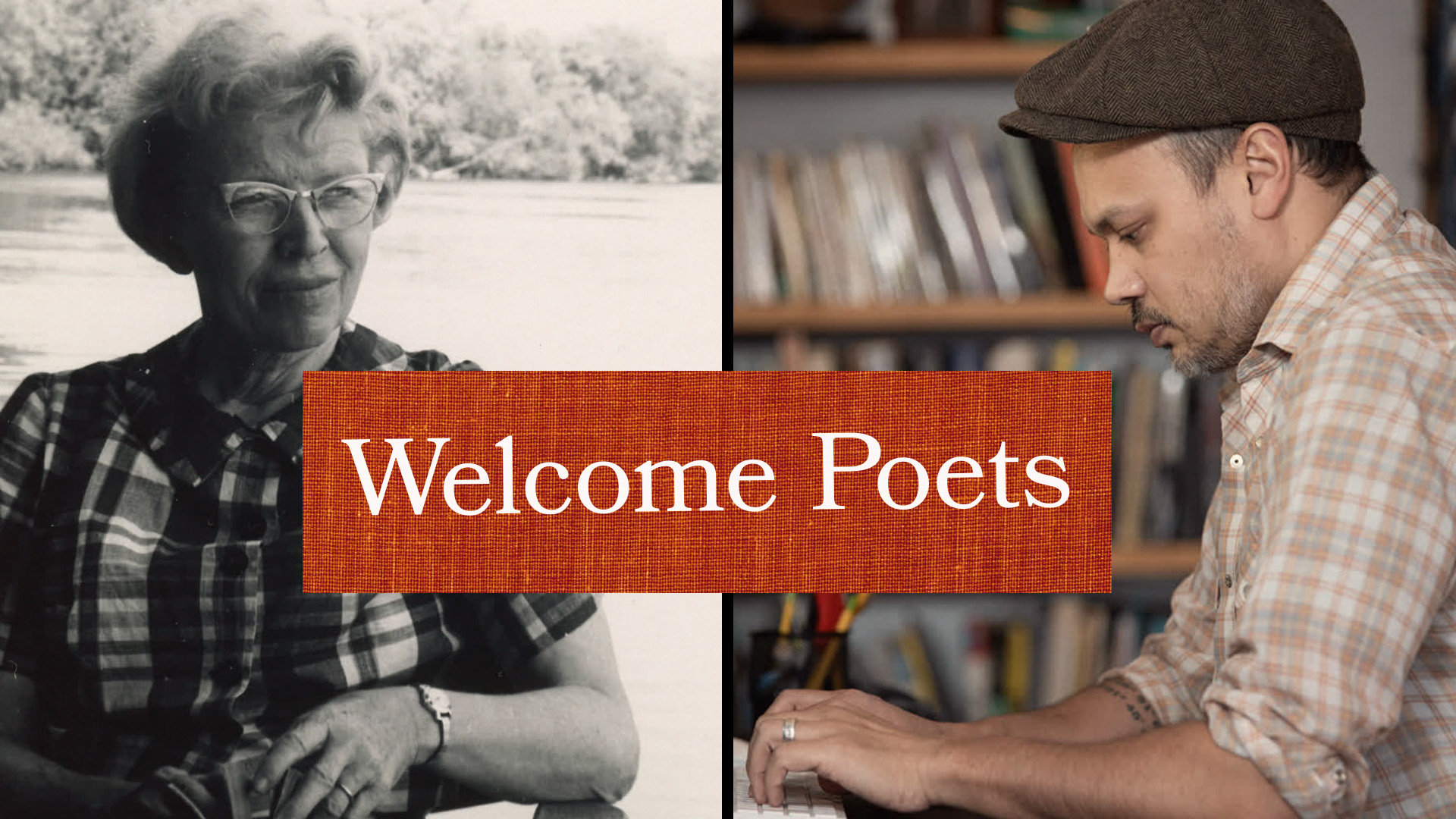
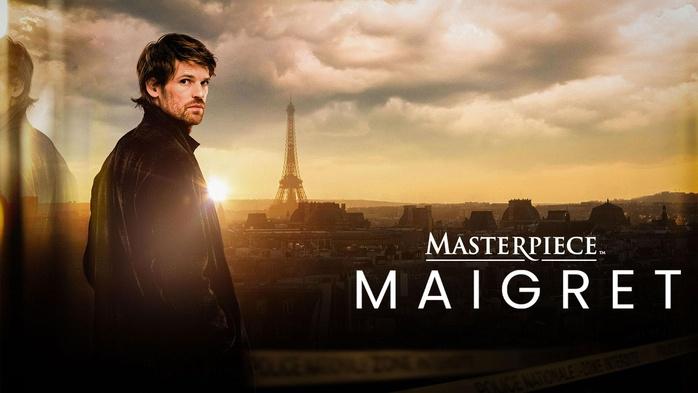

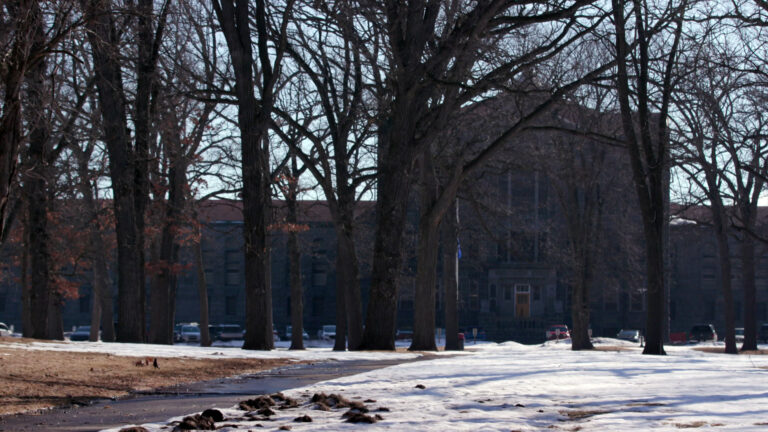

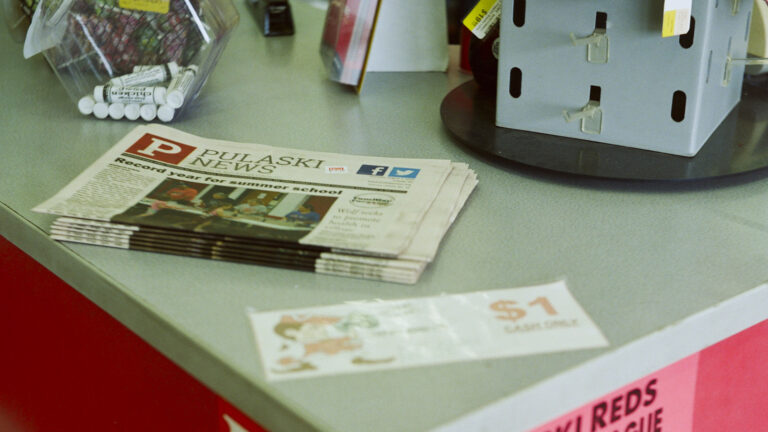
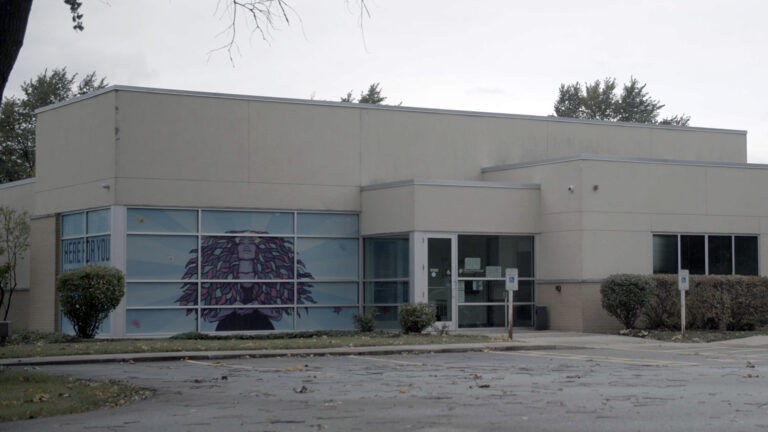
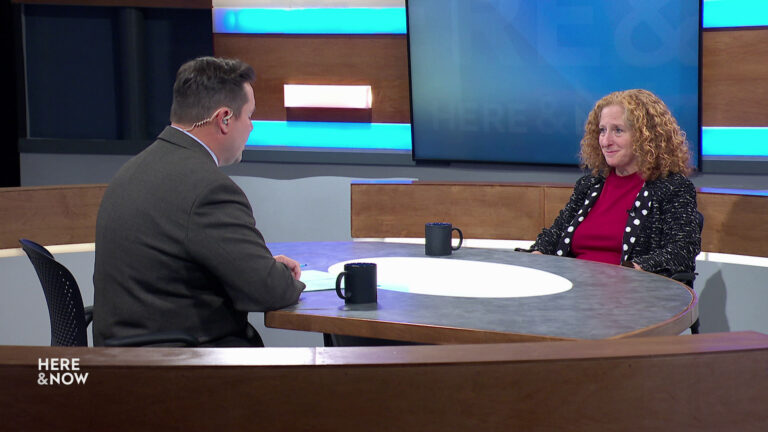
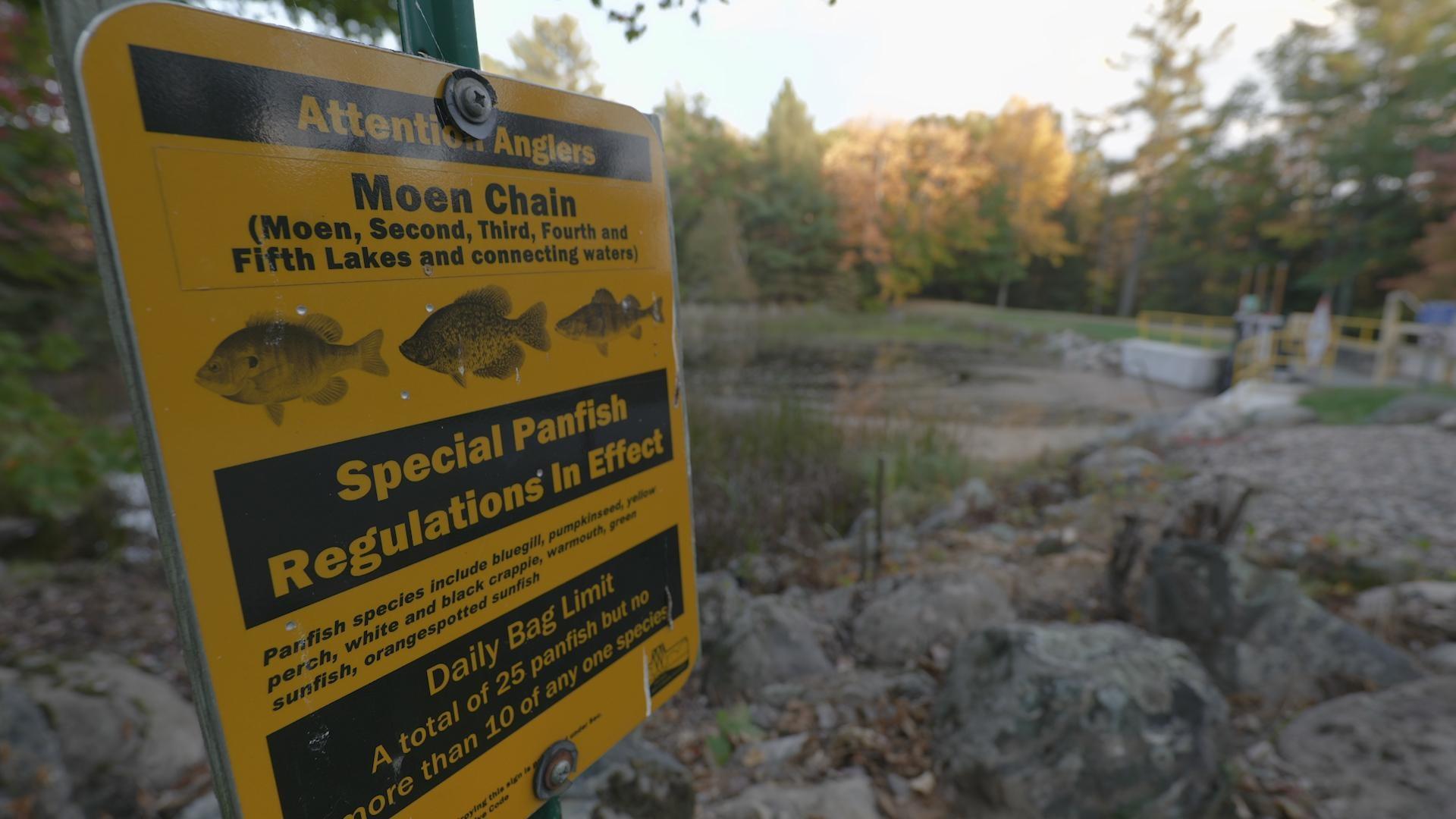
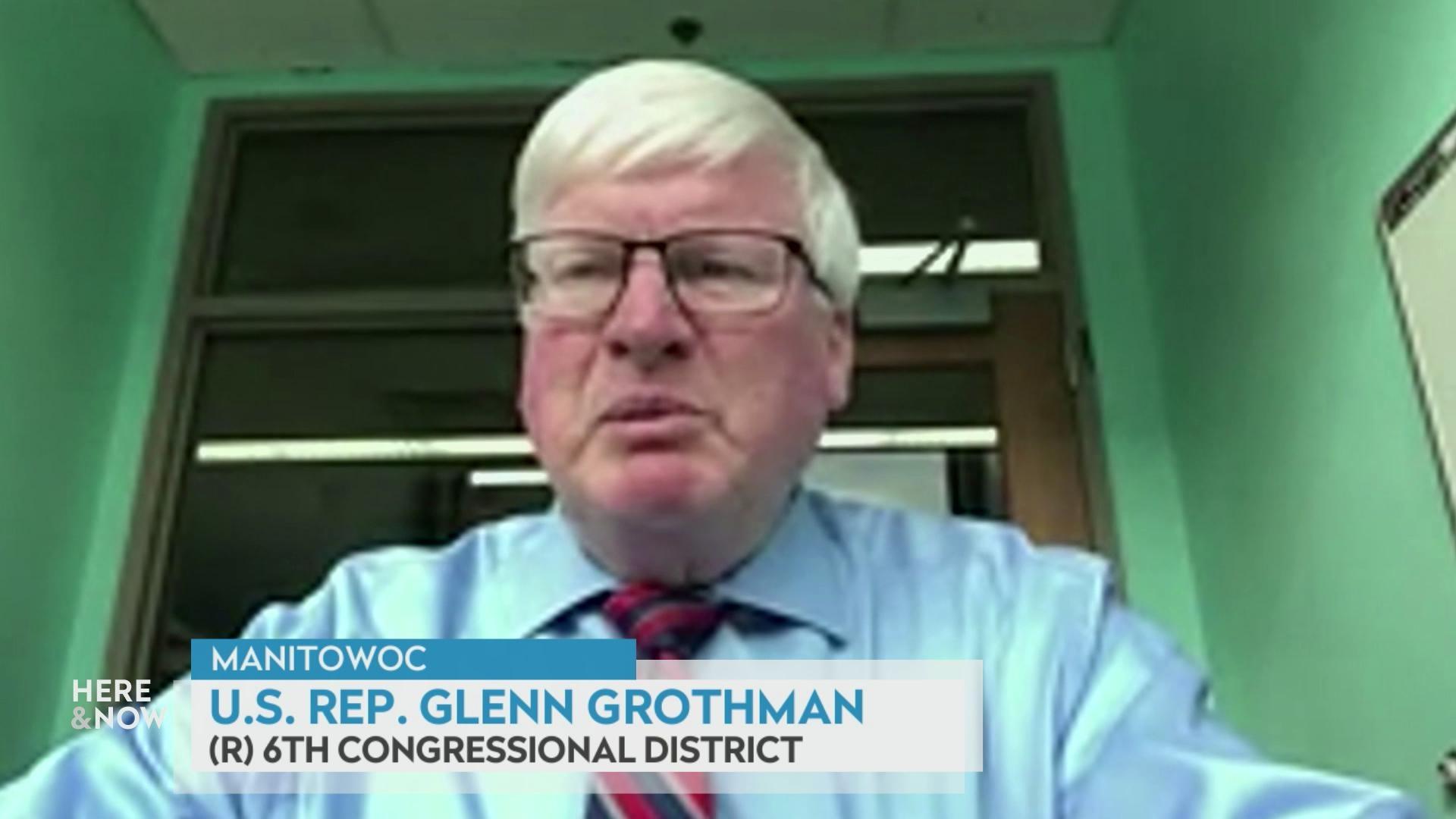
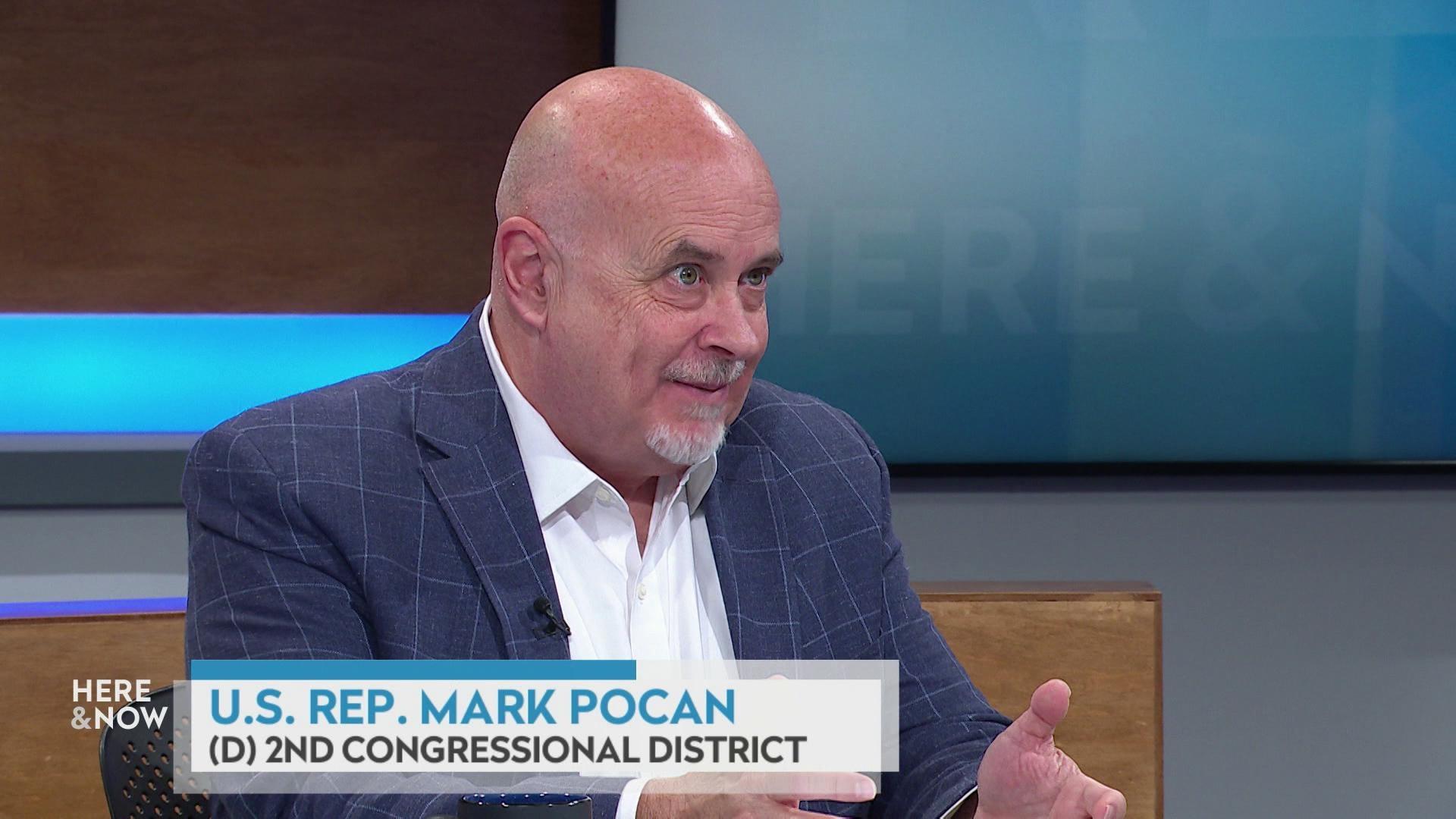
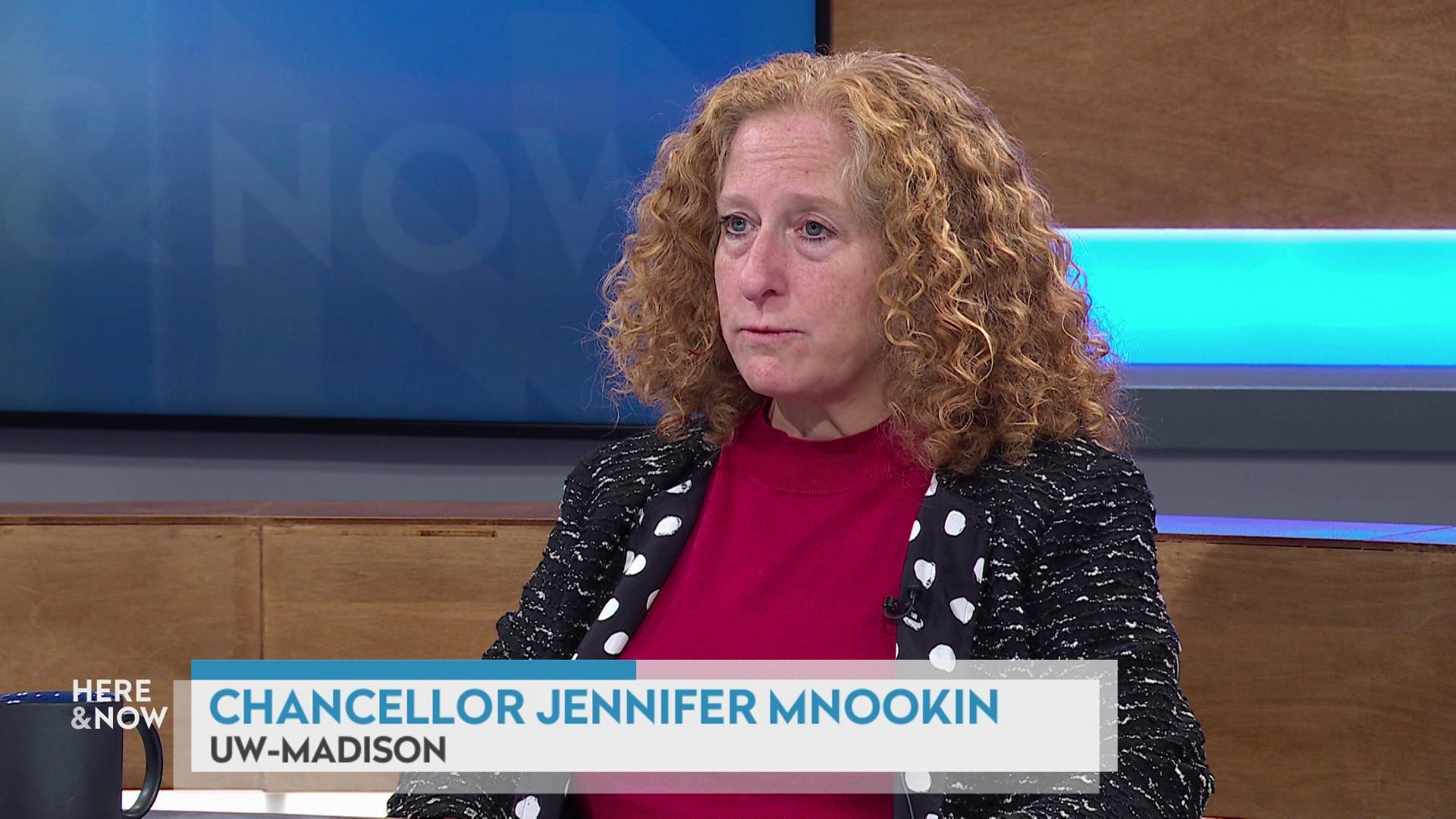
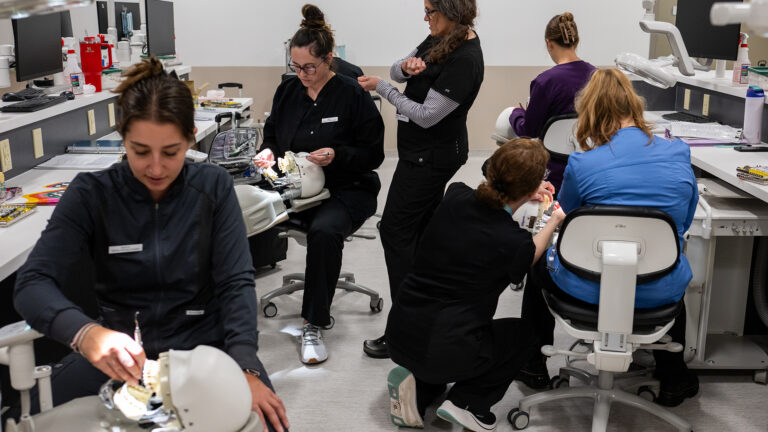
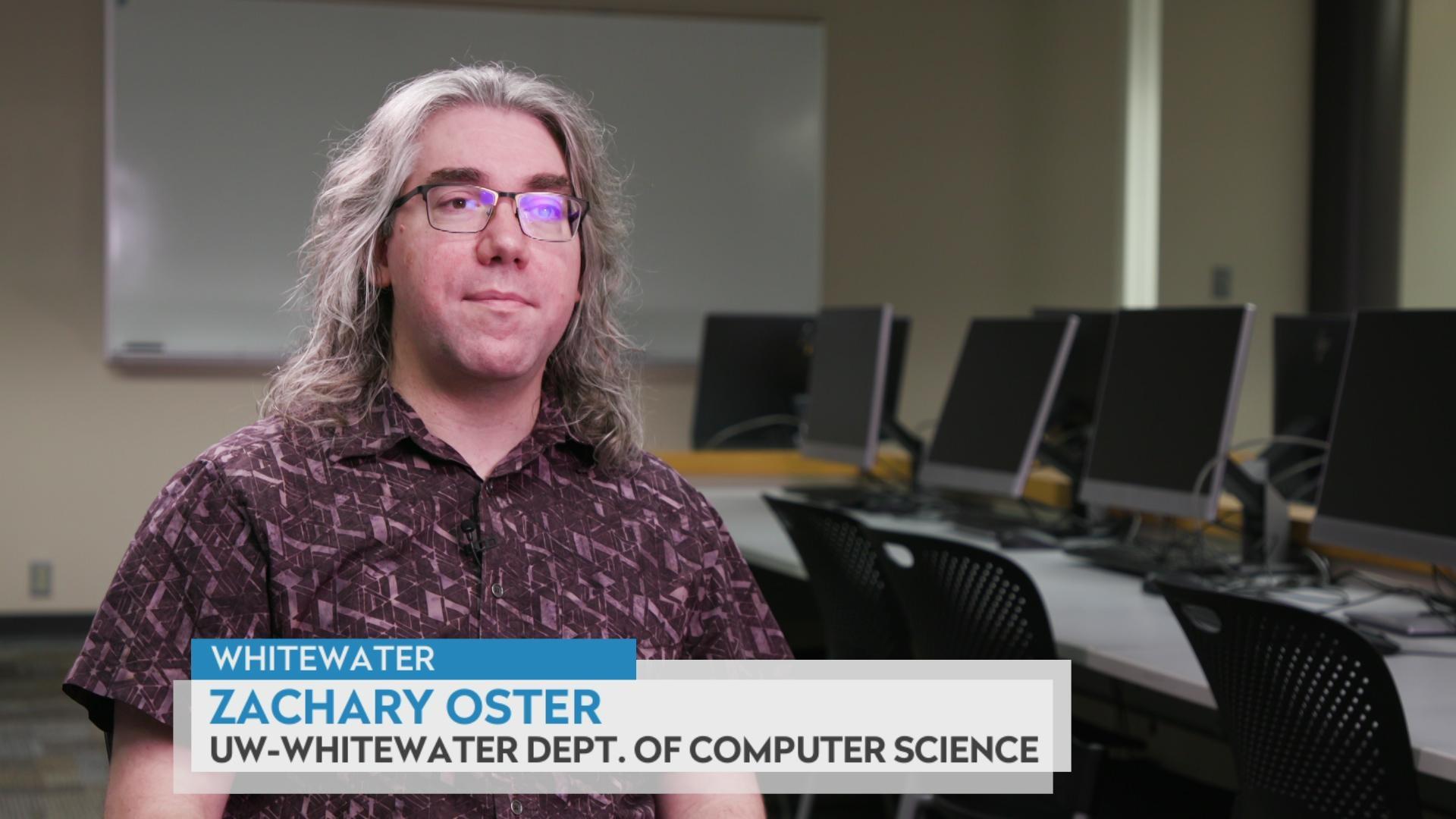
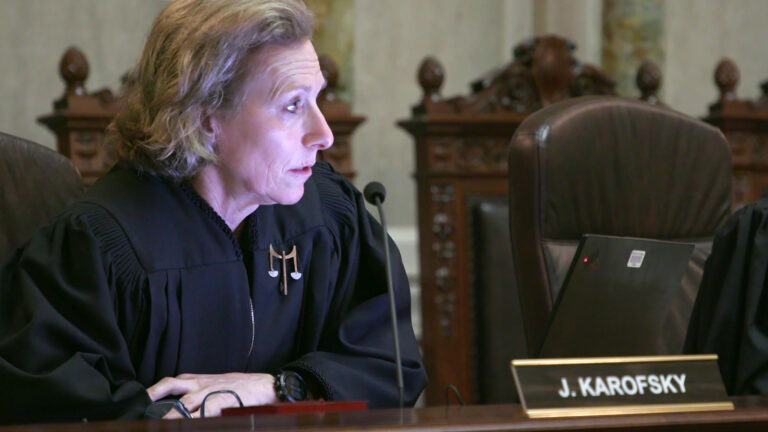

Follow Us